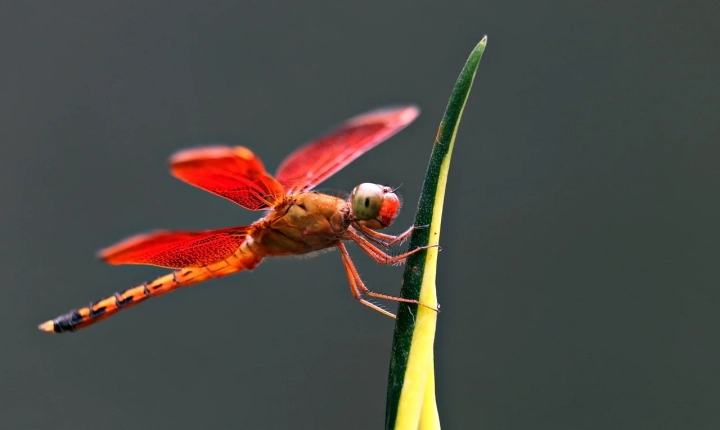Title: Enhance Your Photography with AI: A Step-by-Step Guide
In recent years, the rise of artificial intelligence (AI) has revolutionized the field of photography. From image recognition to advanced photo editing, AI has opened up a world of possibilities for photographers of all levels. With the help of AI, photographers can now easily enhance their photos, improve their composition, and take their work to the next level. In this article, we’ll explore how to make the most of AI to enhance your photography.
Step 1: Choosing the Right Tools
The first step in utilizing AI for photography is to choose the right tools. There are various AI-powered apps and software available that can help enhance your photos. Some popular options include Adobe Lightroom with its AI-enhanced editing features, Topaz Labs’ Gigapixel AI for upscaling images, and AI-based photo retouching tools like Luminar AI. It’s important to explore different options and find the tool that best suits your specific needs.
Step 2: Image Enhancement and Editing
Once you have chosen the right tool, it’s time to explore the various AI-powered editing features. These features can include automatic adjustments for exposure, color balance, and contrast, as well as intelligent retouching and noise reduction. With AI, you can also utilize advanced tools for selective editing, object removal, and even sky replacement. By using AI-powered editing features, you can significantly improve the quality and aesthetics of your photos with minimal effort.
Step 3: Composition Assistance
AI can also be used to assist with composition and framing. Some tools offer composition analysis and suggestions based on established photography principles. For example, AI can help you identify if the horizon is straight, recommend alternative crops, or suggest adjustments to improve the overall composition of the image. By leveraging AI for composition assistance, you can ensure that your photos are visually impactful and well-balanced.
Step 4: Image Recognition and Tagging
Another valuable application of AI in photography is image recognition and tagging. AI-powered tools can automatically analyze the content of your photos and generate relevant tags, making it easier to organize and search for specific images. This can be particularly useful for photographers who work with large volumes of photos and need efficient ways to manage their digital assets.
Step 5: Learning and Experimentation
Finally, it’s important to continually learn and experiment with AI-powered photography tools. AI is a rapidly evolving field, and there are constantly new developments and features being introduced. By staying informed and embracing new techniques, you can continue to refine and improve your photography skills with AI.
In conclusion, AI has become an invaluable resource for photographers looking to enhance their work. By choosing the right tools, leveraging AI-powered editing features, utilizing composition assistance, and exploring image recognition and tagging capabilities, photographers can significantly elevate the quality of their photos. With the power of AI at your fingertips, the possibilities for creative expression in photography are truly endless. Embrace the opportunities that AI offers and take your photography to new heights.
